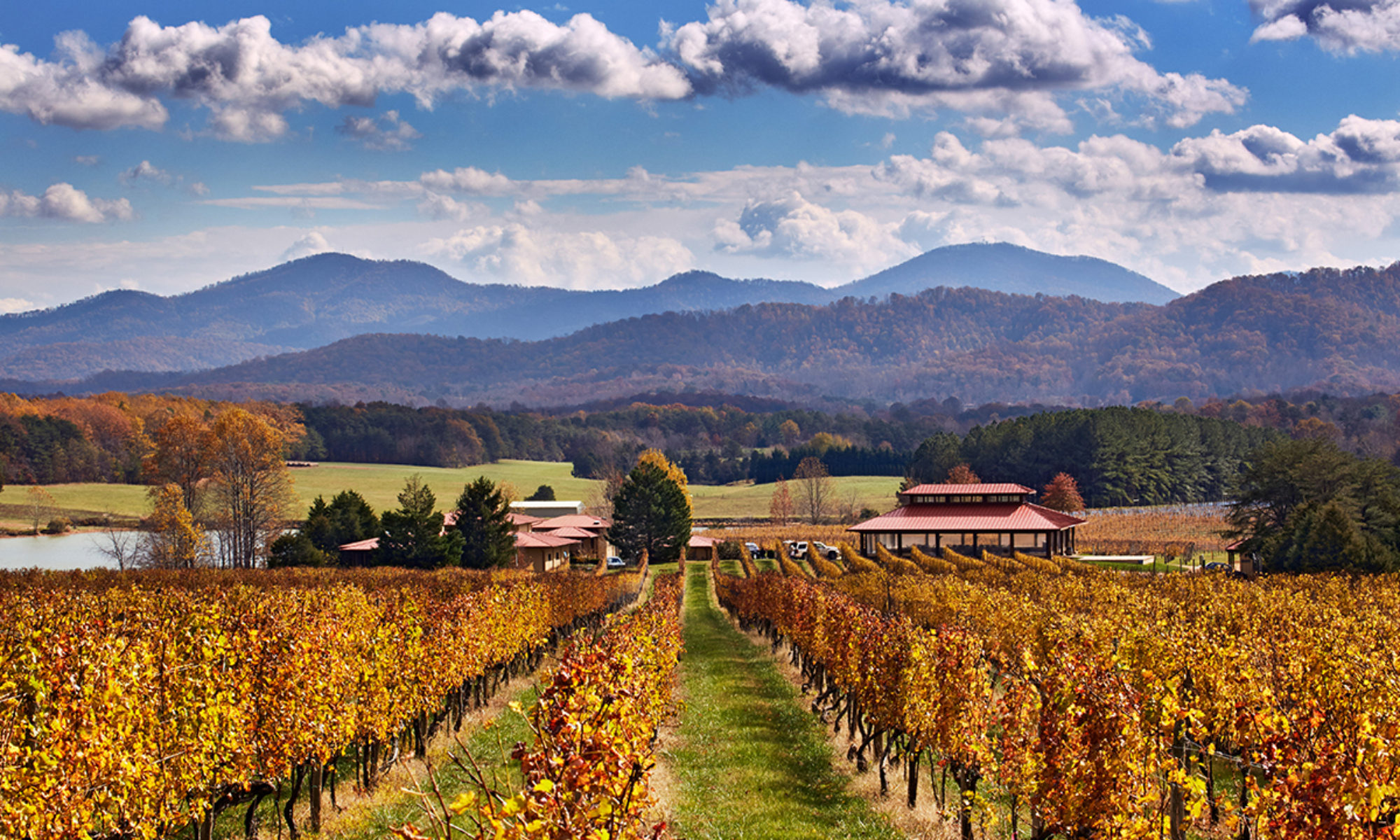The Winery at Kindred Pointe
Kindred Pointe is in Mount Jackson, off of Exit 273 on Interstate 81 in the Shenandoah Valley. Amy and Bruce Helsley planted vines on their horse farm property in 2008; the horse barn is now the tasting room. The name “Kindred Pointe” comes from Anne of Green Gables. Winemaking is assisted by Michael Shaps Wineworks.
Wine. One of the Top 50 wineries in Virginia. The Kindred pointe 2019 vintage Petit Verdot was awarded a gold medal at the 2023 Virginia Governor’s Cup state-wide wine competition, while their “Picasso” was awarded a silver medal, and their 2020 Seyval Blanc a bronze medal. The Picasso was awarded a gold medal at the 2022 Governor’s Cup competition, while their 2019 vintage Chambourcin, Petit Verdot, and Seyval Blanc were awarded silver medals. Wines are partly estate grown, partly outsourced. Michael Shaps supports the winemaking. Whites include Viognier, Chardonnay and some years Petit Manseng and Vidal Blanc (the Oscar). Reds include Merlot, Chambourcin, and unusually for Virginia a Malbec (sourced from Charlottesville).
Setting. Great views from walking around the winery grounds, though outside seating is limited. Small but cozy tasting area. The horse motif from the former stables can’t be missed. Sausage and cheese plate, or bread and olive oil available. Kindred Pointe also produces cider.
Stories. Moving through backcountry Virginia: The Great Wagon Road. Later called the Valley Pike or Valley Turnpike, the Wagon Road began as the Great Warriors Trail or Indian Road, a road for native tribes through common hunting grounds. Iroquois, Sioux and Algonquian-language tribes all travelled this trail. While there is evidence that at least the northern end of the Valley was fairly heavily populated a few centuries before Europeans arrived, by the 1700s the Valley was mainly a hunting ground and transit corridor – with only the Shawnee around Winchester and the Tuscarora around Martinsburg. As Germans and Pennsylvania Quakers moved into the area, they found the valley route in use by war parties of Iroquois and their allies from New York and Pennsylvania and New Jersey, off to attack the rival Catawba Sioux in the Carolinas. The Catawba in turn pursued the war parties back north through the Valley. Later colonists called this route the Great Wagon Road; it became the major thoroughfare for immigrants moving by wagon from Pennsylvania and northern Virginia into the backcountry of the South. The Valley Turnpike Company improved the road by paving it prior to the Civil War, and set up toll gates to pay for the improvements. In the 20th century, the road was acquired by Virginia, which incorporated it into Route 11. For much of its length, the newer Interstate 81, constructed in the 1960s, parallels the old Valley Pike.
